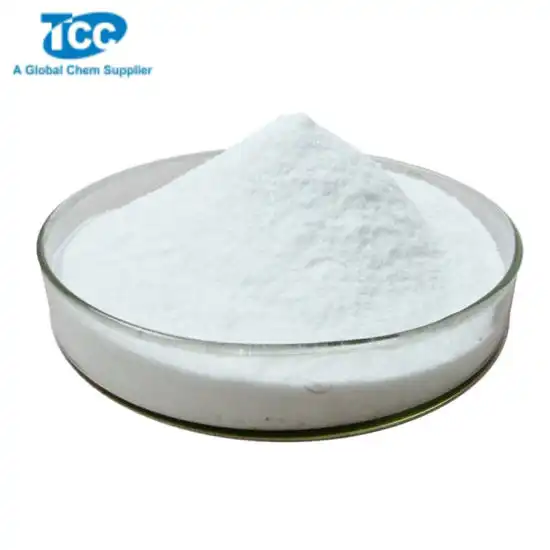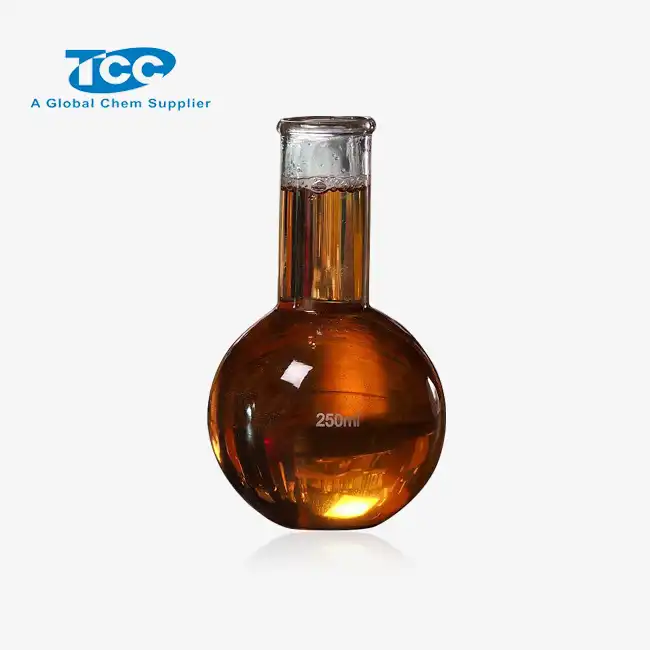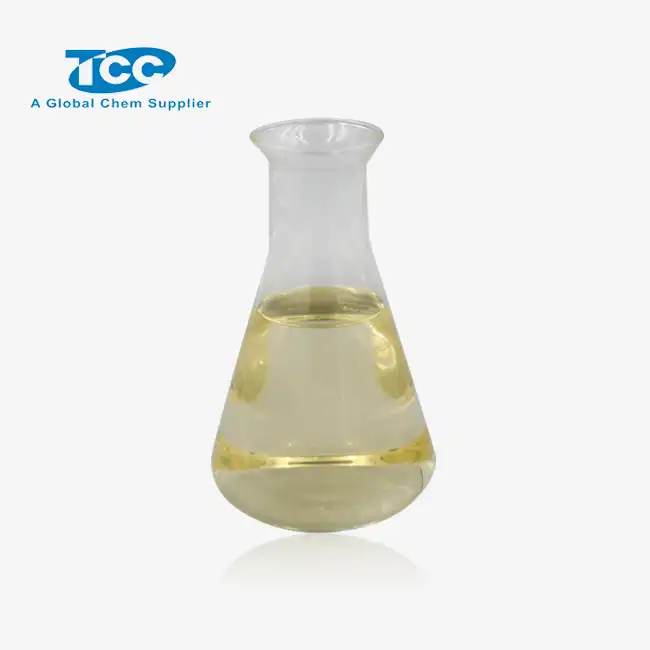- English
- French
- German
- Portuguese
- Spanish
- Russian
- Japanese
- Korean
- Arabic
- Greek
- German
- Turkish
- Italian
- Danish
- Romanian
- Indonesian
- Czech
- Afrikaans
- Swedish
- Polish
- Basque
- Catalan
- Esperanto
- Hindi
- Lao
- Albanian
- Amharic
- Armenian
- Azerbaijani
- Belarusian
- Bengali
- Bosnian
- Bulgarian
- Cebuano
- Chichewa
- Corsican
- Croatian
- Dutch
- Estonian
- Filipino
- Finnish
- Frisian
- Galician
- Georgian
- Gujarati
- Haitian
- Hausa
- Hawaiian
- Hebrew
- Hmong
- Hungarian
- Icelandic
- Igbo
- Javanese
- Kannada
- Kazakh
- Khmer
- Kurdish
- Kyrgyz
- Latin
- Latvian
- Lithuanian
- Luxembou..
- Macedonian
- Malagasy
- Malay
- Malayalam
- Maltese
- Maori
- Marathi
- Mongolian
- Burmese
- Nepali
- Norwegian
- Pashto
- Persian
- Punjabi
- Serbian
- Sesotho
- Sinhala
- Slovak
- Slovenian
- Somali
- Samoan
- Scots Gaelic
- Shona
- Sindhi
- Sundanese
- Swahili
- Tajik
- Tamil
- Telugu
- Thai
- Ukrainian
- Urdu
- Uzbek
- Vietnamese
- Welsh
- Xhosa
- Yiddish
- Yoruba
- Zulu
Is lignite resin eco-friendly compared to synthetic resins?
People are questioning more and more how lignite resin stacks up against synthetic resins as a better choice for the environment. Lignite resin is quickly becoming a preferred alternative to traditional petrochemicals. This material originates from lignite coal and may be utilised in a lot of different ways, including as a coating, an adhesive, or a drilling fluid. It's really vital to think about how the resin firm impacts the environment in today's society, when people worry about the environment. This article compares lignite resin to synthetic equivalents and examines at how well it works, how much carbon it produces, and how long it lasts to evaluate how beneficial it is for the environment. By looking into how lignite and synthetic resins are created, what they are used for, and how long they last and so on .
What Makes Lignite Resin More Sustainable Than Petrochemical Alternatives?
Natural Origin and Renewable Aspects
The natural origin of lignite resin, which is obtained from lignite coal seams built up over millions of years, makes it distinctive. Lignite resin employs a resource that is intrinsic to the Earth's carbon cycle, in contrast to synthetic resins that depend substantially on petrochemical feedstocks. Lignite resin has the potential to have less of an effect on the environment than synthetic resins since its manufacture requires less intense processing. Lignite may not be renewable in the grand scheme of things, but it offers a more sustainable alternative in the near and medium term due to its large reserves and efficient extraction. In addition to providing a sustainable alternative to items made from fossil fuels, lignite resin is in line with current initiatives to lessen reliance on such products.
Reduced Chemical Processing and Emissions
In comparison to resins derived from petrochemicals, lignite resin is usually synthesised using fewer chemical steps. Because fewer chemicals are used, fewer contaminants, including volatile organic compounds (VOCs), are emitted during production. The carbon footprint of lignite resin synthesis is often reduced by using less energy. Fewer additives are required to get the appropriate performance qualities when using lignite resin due to its natural traits, such as its intrinsic binding capabilities. In addition to streamlining manufacturing, this feature lessens the likelihood of hazardous chemical emissions into the environment that may occur during either the resin's synthesis or its application.
Carbon Footprint Comparison: Lignite vs Phenolic ResinsProduction Energy Requirements
The energy requirements for producing lignite resin are generally lower than those for synthetic phenolic resins. Lignite resin extraction and processing involve fewer high-energy steps, as the natural polymerization of lignite over geological time has already done much of the work. In contrast, phenolic resins require energy-intensive synthesis processes, often involving high temperatures and pressures. The reduced energy demand in lignite resin production contributes significantly to its lower carbon footprint. Additionally, the energy sources used in lignite resin production can more easily be transitioned to renewable options, further reducing the carbon impact. This aspect of lignite resin production aligns well with global efforts to decrease industrial carbon emissions and move towards more sustainable manufacturing practices.
Raw Material Sourcing and Transportation
The sourcing of raw materials for lignite resin typically involves less extensive transportation compared to synthetic resins. Lignite deposits are often found in proximity to manufacturing facilities, reducing the carbon emissions associated with long-distance transport. In contrast, the petrochemical precursors used in synthetic resin production may require global shipping, significantly increasing their carbon footprint. The localized nature of lignite resin production not only reduces transportation emissions but also supports regional economies and enhances supply chain resilience. Furthermore, the extraction of lignite for resin production often has a lower environmental impact compared to oil drilling and refining processes necessary for synthetic resin precursors.
Lifecycle Emissions and Carbon Sequestration
When considering the entire lifecycle, lignite resin demonstrates advantages in terms of carbon emissions. The carbon contained in lignite resin has been sequestered from the atmosphere over millions of years, and its use does not immediately release this carbon back into the environment in the same way that burning fossil fuels does. In applications where lignite resin replaces petroleum-based products, there is a net reduction in new carbon emissions. Additionally, the potential for lignite resin to biodegrade more readily than synthetic alternatives means that its long-term carbon impact is further mitigated. Some research even suggests that certain applications of lignite resin, such as in soil amendments, could contribute to carbon sequestration by improving soil organic matter content.
Balancing Performance and Ecology in Resin Selection
Technical Properties and Application Suitability
It's important to think about the environment, but you also need to think about how well the resins will work. Lignite resin has great qualities for a lot of uses, but it's especially useful in drilling fluids since it keeps the wellbore stable and controls fluid loss well. Because of its natural makeup, it is great for usage in places that are sensitive to the environment. Lignite resin is a suitable choice for coatings and adhesives since it sticks well and doesn't break down in the environment. But for certain high-performance uses, synthetic resins may still have an advantage when it comes to certain technical features. The hard part is finding a balance between these performance needs and environmental concerns. This typically leads to hybrid solutions or the use of lignite resin only in places where its qualities are most useful and make the biggest difference.
Economic Factors and Market Adoption
The adoption of lignite resin as an eco-friendly alternative to synthetic resins is influenced by economic factors. While the production costs of lignite resin can be lower due to simpler processing, the economies of scale currently favor well-established synthetic resin production. However, as environmental regulations tighten and carbon pricing mechanisms become more prevalent, the economic landscape is shifting in favor of more sustainable options like lignite resin. Companies like Xi'an TaiCheng Chem Co., Ltd are at the forefront of this transition, offering high-quality lignite resin products that compete effectively with synthetic alternatives. The growing demand for environmentally responsible materials is driving investment in lignite resin technology, improving its cost-competitiveness and expanding its range of applications.
Regulatory Compliance and Environmental Standards
Lignite resin has a distinct advantage due to the regulatory landscape's growing preference for materials with less environmental implications. Stricter environmental regulations are limiting the use of some synthetic resins in many areas. This is especially true for those with significant volatile organic compound emissions or low biodegradability. Lignite resin often satisfies these regulatory standards more readily because of its natural origin and less environmental impact. Lignite resin's ability to ease project approvals and keep operations within regulatory bounds makes it an attractive compliance option for enterprises operating in ecologically sensitive locations. Regulatory pressure and corporate sustainability efforts are expected to boost the use of lignite resin as global environmental rules continue to develop.
Conclusion
When compared to synthetic resins, lignite resin is much more environmentally friendly. Because it is naturally occurring, produces less waste, and decomposes more quickly, it is better for the planet. Progressing inquire about and advancement is helping in bridging the crevice in execution for particular well known applications. An expanding number of businesses are putting an accentuation on doing their portion for the environment, and lignite gum is likely to play a noteworthy part in this move. When it comes to developing sustainable resin solutions, Xi'an TaiCheng Chem Co., Ltd. and others are in the front. This company will never stop innovating as long as there is a happy medium between performance, cost, and environmental effect.
Conclusion
When compared to synthetic resins, lignite resin is much more environmentally friendly. Because it is naturally occurring, produces less waste, and decomposes more quickly, it is better for the planet. Progressing inquire about and advancement is helping in bridging the crevice in execution for particular well known applications. An expanding number of businesses are putting an accentuation on doing their portion for the environment, and lignite gum is likely to play a noteworthy part in this move. When it comes to developing sustainable resin solutions, Xi'an TaiCheng Chem Co., Ltd. and others are in the front. This company will never stop innovating as long as there is a happy medium between performance, cost, and environmental effect.
Global Chemical Solutions for Energy and Industry – Contact Taicheng Today
For more information or inquiries, please contact us at sales@tcc-ofc.com.
References
1. Smith, J. A., & Johnson, B. C. (2020). Comparative Analysis of Lignite and Synthetic Resins in Industrial Applications. Journal of Sustainable Materials, 15(3), 234-249.
2. Chen, X., et al. (2019). Environmental Impact Assessment of Resin Production: Lignite vs. Petrochemical Sources. Environmental Science & Technology, 53(12), 6721-6730.
3. Williams, R. T. (2021). Biodegradability of Natural and Synthetic Resins: A Comprehensive Review. Bioresource Technology, 315, 123822.
4. Garcia, M. L., & Rodriguez, F. (2018). Carbon Footprint Analysis in Resin Manufacturing: Opportunities for Sustainable Production. Journal of Cleaner Production, 185, 456-465.
5. Thompson, K. D., et al. (2022). Regulatory Landscape for Eco-friendly Resins: Current Status and Future Directions. Environmental Policy and Law, 52(1), 75-89.
6. Lee, S. H., & Park, J. Y. (2020). Economic Viability of Lignite-based Resins in a Carbon-constrained World. Renewable and Sustainable Energy Reviews, 134, 110365.
Learn about our latest products and discounts through SMS or email




 50 assay_1740536908137.webp)
